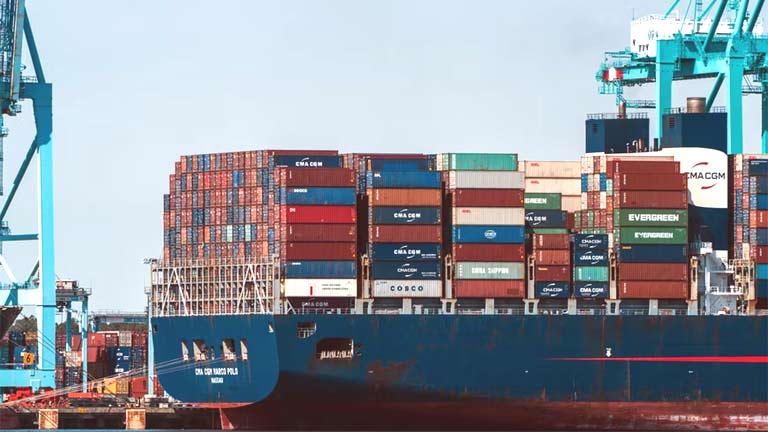
In 2021, the price of a shipping container tripled. Globally, the price of shipping a 40-foot shipping container quadrupled. This massive influx has impacted the sale of goods transported by sea and truck freight exponentially.
Since the start of the coronavirus pandemic in 2020, global trade has shifted. Shipping containers play a major role in this shift, though most people do not immediately think of how goods are transported when they think of the trade. Increasing container prices have caused a shortage of available units, which has then led to a shortage of transportation materials that are critical for moving goods across the globe to meet consumer demand.
The Cause of the Shortage
Freight shipping has taken a big hit in recent years. The lack of reliable container transportation had a ripple effect through supply chains that have interrupted global trade. As the pandemic triggered lockdowns across continents, economic production came to a halt. Factories were closed, retail businesses stopped operating, and virtually all markets were affected. To stabilize costs, carriers reduced the number of vessels they had at sea at any one time. This led to many empty containers being left at various ports. This was especially significant in Asia, which could not pick up the empty shipping containers in North America.
As the pandemic worsened, Asia’s massive manufacturing sector virtually shut down. This took a major toll on the global economy, as World Bank data suggests that China’s trade surplus for goods reached $535,037 billion in 2020. As a major exporter to many countries, particularly those in North America and Europe, effects were felt by everyone.
Growing Shipping Container Prices
Following the lockdowns and skyrocketing demand for goods, shipping costs began to surge. This was influenced by labor shortages, port congestion, and the overall shortened supply of shipping containers. In the later part of 2021, the median cost of transporting shipping containers from China to the U.S. had reached about $20,500, according to the Freightos Index. This created a mounting demand not only for consumer goods but for the shipping containers needed to keep global trade moving.
Global Effects
Asia was not only hit first and hard by the pandemic but also recovered quickly. As Asia began exporting across the globe again, other nations were still managing lockdowns and other restrictions, as well as reduced workforces. Consequently, nearly all of the containers remaining in Asia were transported to North America and Europe. However, those shipping containers did not return fast enough, and they immediately began piling up at ports. This led to an increase in congestion and difficult shifts in tradeline demand.
As the globe’s economies continue to recover, the shipping container shortage has remained. The chronically low supply has been impacted by a range of shifting factors, such as resurgences of coronavirus cases in certain countries, trade surplus, and a lack of alternative methods of transport. Limited options in conjunction with growing demand for products have only served to exacerbate the situation. Multiple nations continue to struggle to provide certain goods via trade relationships, especially with China, although the Russia-Ukraine conflict has caused further supply chain disruption.
What the Future Holds
Moving into the future, the global effects of the shipping container shortage are on track to continue to impact trade. Port delays continue to cause high shipping costs and massive product backlogs. Many companies have extended container line contracts at higher rates to dodge the spot market’s increasing rates, which have reached a historic high with no guarantee of space. In general, the impacts of the pandemic in tandem with global shortages of shipping containers have caused a great deal of uncertainty and inequitable access to goods.
It is forecasted that continued port congestion will continue into 2023. According to Peter Sundara, head of global ocean freight product for the global logistics division at Vishay Industries, “We believe the current congestions, not only the ports but also the landside infrastructure, will be there at least till Q1 2023.” While access to goods appears to be improving in many countries, only time will tell when port congestion will begin to clear and container bookings will become available again.




